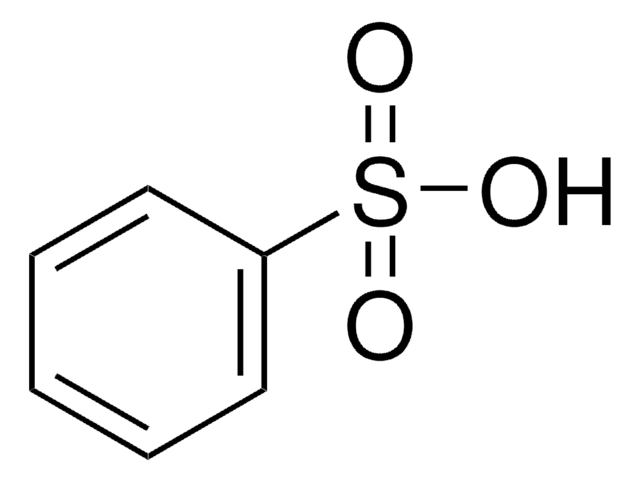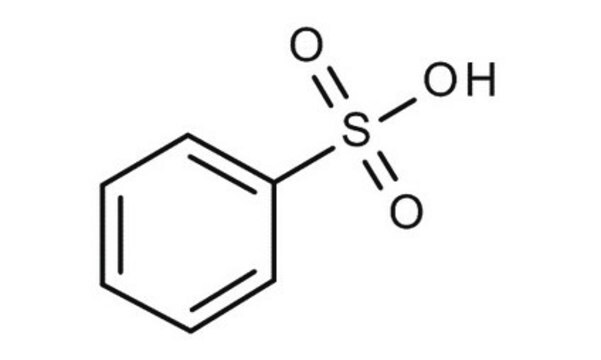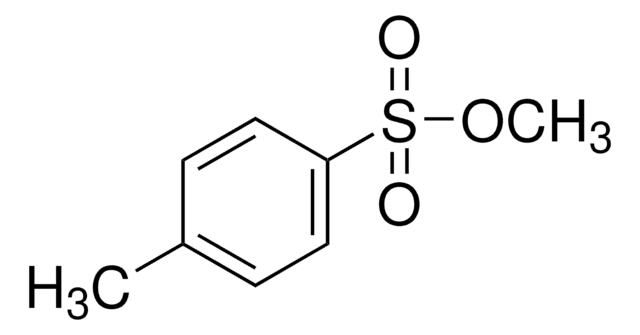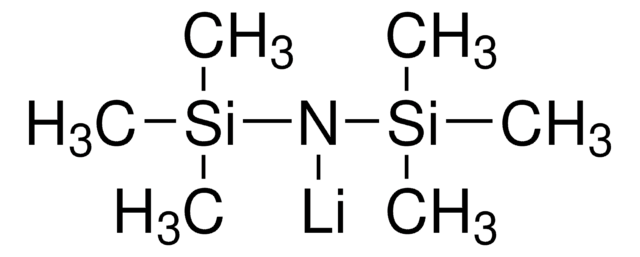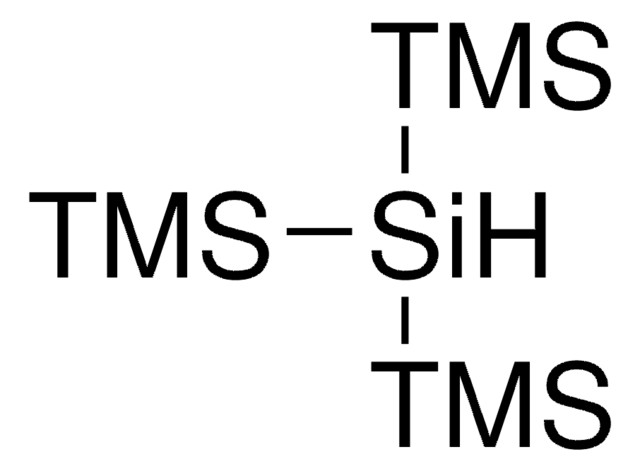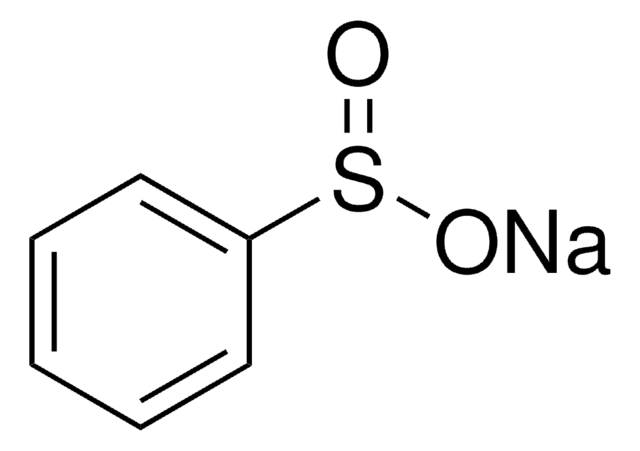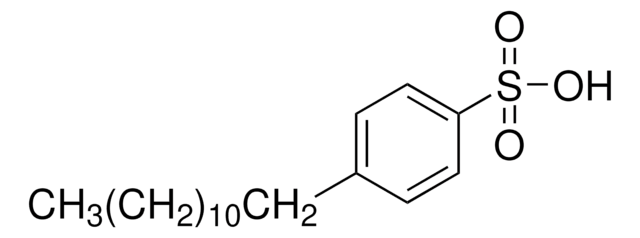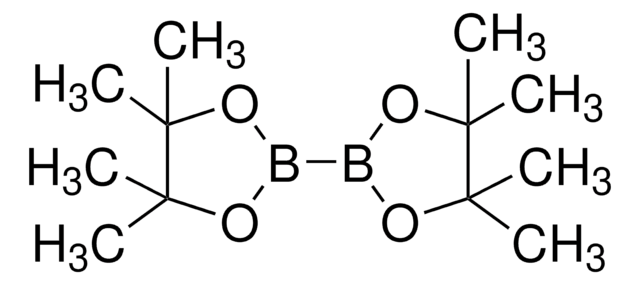448737
Benzenesulfonic acid monohydrate
97%
About This Item
Prodotti consigliati
Saggio
97%
Stato
solid
Punto di fusione
42-49 °C (lit.)
Gruppo funzionale
sulfonic acid
Stringa SMILE
O.OS(=O)(=O)c1ccccc1
InChI
1S/C6H6O3S.H2O/c7-10(8,9)6-4-2-1-3-5-6;/h1-5H,(H,7,8,9);1H2
MVIOINXPSFUJEN-UHFFFAOYSA-N
Cerchi prodotti simili? Visita Guida al confronto tra prodotti
Categorie correlate
Applicazioni
- A catalyst to synthesize α,β-unsaturated amides via Pd-catalyzed selective aminocarbonylation of styrenes with nitroarenes.
- A reactant to prepare amino acid benzyl ester salts for the study of gelation in nonpolar solvents.
- A catalyst for the conversion of oxydipropionitrile (nitrile) to di-n-propyl-oxydipropionate (ester).
Avvertenze
Danger
Indicazioni di pericolo
Classi di pericolo
Acute Tox. 4 Dermal - Acute Tox. 4 Inhalation - Acute Tox. 4 Oral - Eye Dam. 1 - Skin Corr. 1B
Codice della classe di stoccaggio
8A - Combustible corrosive hazardous materials
Classe di pericolosità dell'acqua (WGK)
WGK 1
Punto d’infiammabilità (°F)
Not applicable
Punto d’infiammabilità (°C)
Not applicable
Dispositivi di protezione individuale
Eyeshields, Faceshields, Gloves, type P3 (EN 143) respirator cartridges
Scegli una delle versioni più recenti:
Possiedi già questo prodotto?
I documenti relativi ai prodotti acquistati recentemente sono disponibili nell’Archivio dei documenti.
I clienti hanno visto anche
Il team dei nostri ricercatori vanta grande esperienza in tutte le aree della ricerca quali Life Science, scienza dei materiali, sintesi chimica, cromatografia, discipline analitiche, ecc..
Contatta l'Assistenza Tecnica.